Fungus Gnats, can you bare with one more question?
petronilla0801
10 years ago
Related Stories

REMODELING GUIDES13 Essential Questions to Ask Yourself Before Tackling a Renovation
No one knows you better than yourself, so to get the remodel you truly want, consider these questions first
Full Story
GARDENING GUIDESHow to Fix Bare and Yellow Lawn Spots
Restore your turf’s good looks by reseeding unsightly patches
Full Story
DOORS5 Questions to Ask Before Installing a Barn Door
Find out whether that barn door you love is the right solution for your space
Full Story
LIGHTING5 Questions to Ask for the Best Room Lighting
Get your overhead, task and accent lighting right for decorative beauty, less eyestrain and a focus exactly where you want
Full Story
REMODELING GUIDESPlanning a Kitchen Remodel? Start With These 5 Questions
Before you consider aesthetics, make sure your new kitchen will work for your cooking and entertaining style
Full Story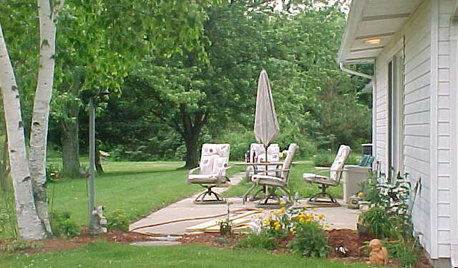
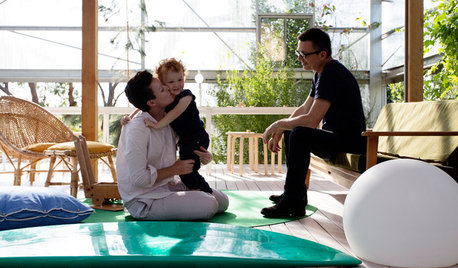
HOMES AROUND THE WORLDWorld of Design: A House That’s Barely There
A rural Australian home blurs the boundaries between indoors and outdoors, camping and permanence, privacy and transparency
Full Story
DECORATING GUIDESThe Cure for Houzz Envy: Family Room Touches Anyone Can Do
Easy and cheap fixes that will help your space look more polished and be more comfortable
Full Story
MORE ROOMSHome Tech: Speakers Matter (and Can Look Good, Too)
See why high style and high fidelity needn't be mutually exclusive
Full Story
DECORATING GUIDESWhat We Can Learn From the Minimalists
Discover the power of simplicity and how to employ a less-is-more approach in your decorating scheme
Full StoryMore Discussions






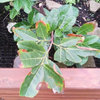
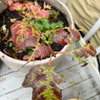
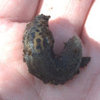
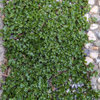
rhizo_1 (North AL) zone 7
calliope
Related Professionals
Holly Springs Landscape Architects & Landscape Designers · Maple Valley Landscape Architects & Landscape Designers · Foothill Ranch Landscape Architects & Landscape Designers · Brooklyn Center Landscape Architects & Landscape Designers · Manchester Landscape Contractors · Brunswick Landscape Contractors · Byram Landscape Contractors · Gurnee Landscape Contractors · Longmont Landscape Contractors · Los Banos Landscape Contractors · New Cassel Landscape Contractors · North Potomac Landscape Contractors · Oak Harbor Landscape Contractors · Petaluma Landscape Contractors · Rockville Landscape Contractorsken_adrian Adrian MI cold Z5
rhizo_1 (North AL) zone 7
calliope
morz8 - Washington Coast
Kimmsr
petronilla0801Original Author
ken_adrian Adrian MI cold Z5
calliope
rhizo_1 (North AL) zone 7
Tiffany, purpleinopp Z8b Opp, AL
morz8 - Washington Coast
Kimmsr
calliope
Claire Callan
Fori